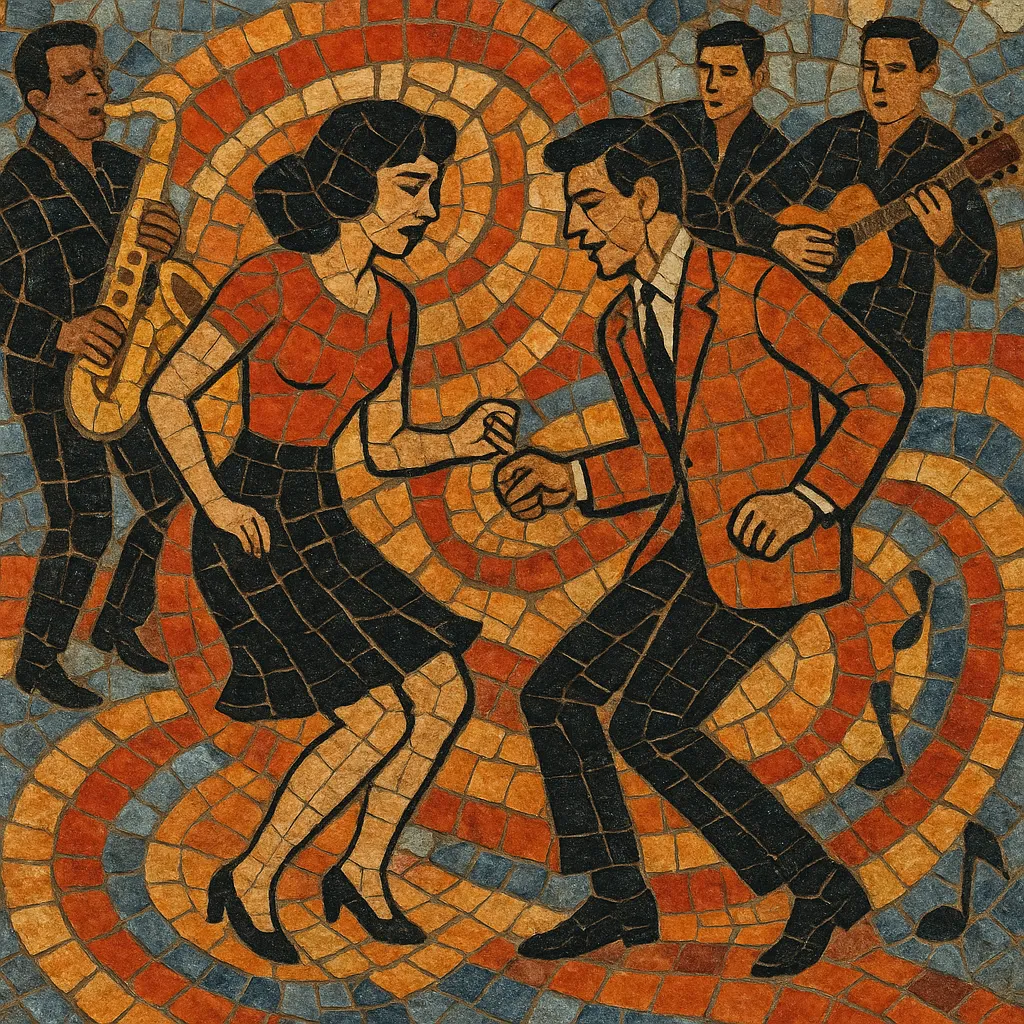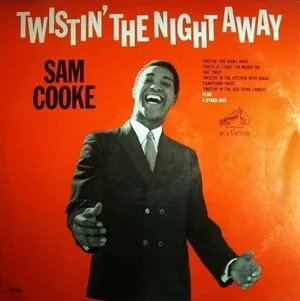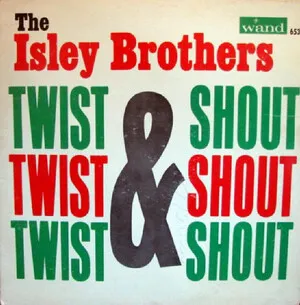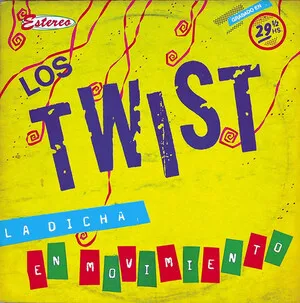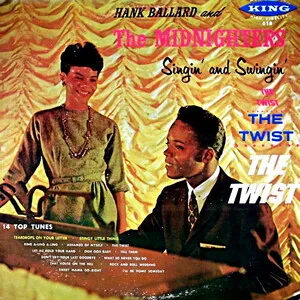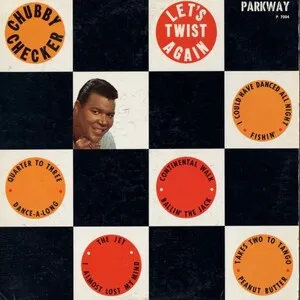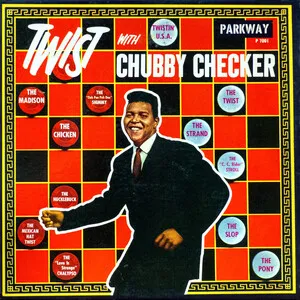Twist is an early 1960s dance-oriented style of rock and roll/R&B built around a driving 4/4 backbeat, simple chord changes, and lyrics that explicitly invite the audience to dance.
Its signature songs—sparked by Hank Ballard’s “The Twist” and made world-famous by Chubby Checker’s 1960 cover—feature medium-to-up-tempo grooves, strong snare accents on beats two and four, call‑and‑response hooks, and concise instrumental breaks (often saxophone or guitar). The music is purpose-built for the iconic “twist” dance: feet planted, hips and torso swiveling, with a clean, straight‑eighth feel rather than a swing shuffle.
Beyond the U.S., the twist became a global craze, inspiring localized variants and feeding into contemporaneous youth pop movements across Europe and Latin America.
The twist emerged at the cusp of the 1950s and 1960s from African American rhythm and blues and first‑wave rock and roll. Hank Ballard & The Midnighters wrote and recorded “The Twist” in 1959, laying out the template: a straightforward 12‑bar blues/verse‑chorus form, a crisp backbeat, and lyrics instructing a new social dance.
Chubby Checker’s 1960 cover of “The Twist” catalyzed a cultural phenomenon. It reached No. 1 on the U.S. Billboard Hot 100 in 1960 and again in 1962—famously becoming one of the rare singles to top the chart in two separate runs. Nightclubs like New York’s Peppermint Lounge popularized the scene (immortalized by Joey Dee & the Starliters’ “Peppermint Twist”), while artists such as Sam Cooke (“Twistin’ the Night Away”), Gary U.S. Bonds, and The Isley Brothers (“Twist and Shout”) amplified the sound.
The twist rapidly internationalized. In France, Johnny Hallyday helped ignite a “le twist” craze; in Italy, Adriano Celentano issued twist‑styled hits; across Spain and Latin America, the nueva ola youth scenes embraced twist rhythms and aesthetics. Instrumental guitar groups (e.g., The Ventures) issued twist-themed albums, bridging the craze with the emerging surf/instrumental market.
By the mid‑1960s the twist’s dominance waned as new dance fads (the Watusi, Mashed Potato) and the British beat boom took over. Yet its imprint remained: it normalized dance‑instruction pop lyrics, sharpened the focus on a tight backbeat in youth music, and provided a key stepping stone from 1950s rock and roll/R&B into early‑1960s teen pop, European yé‑yé, and related beat styles.

